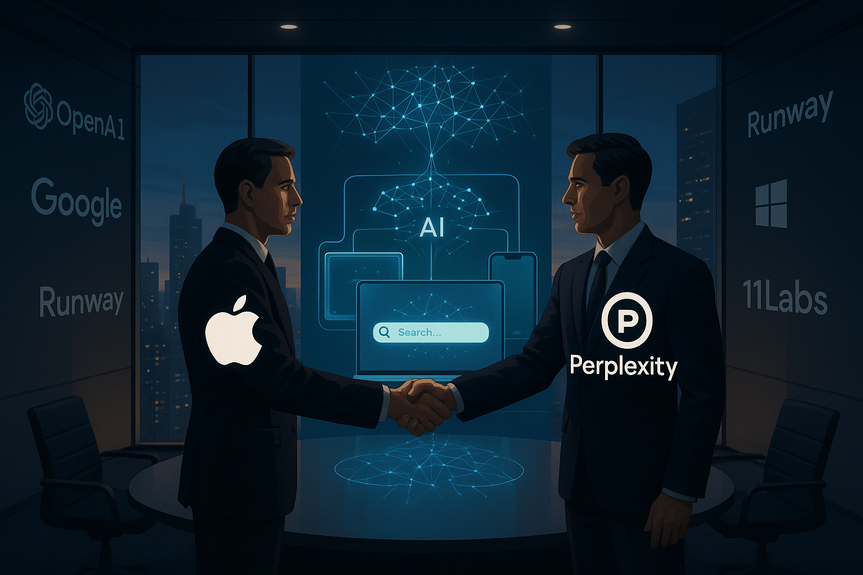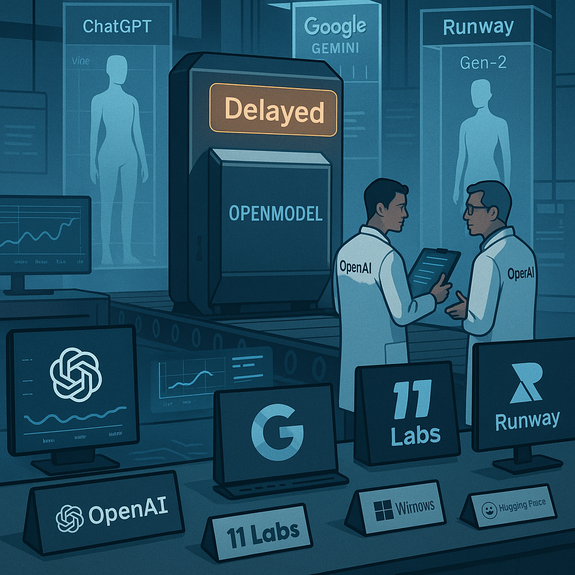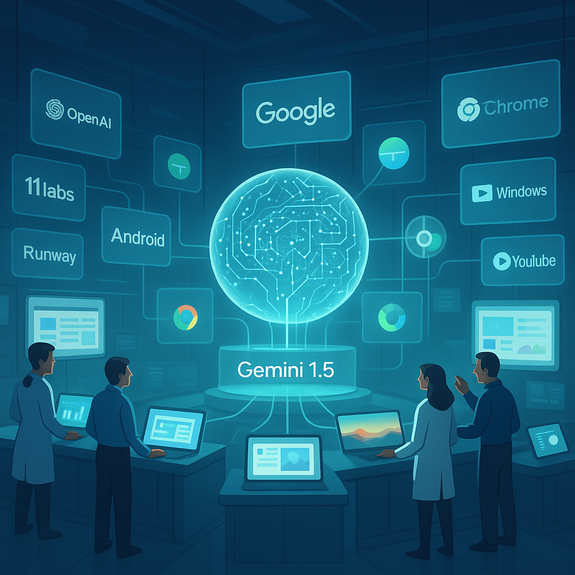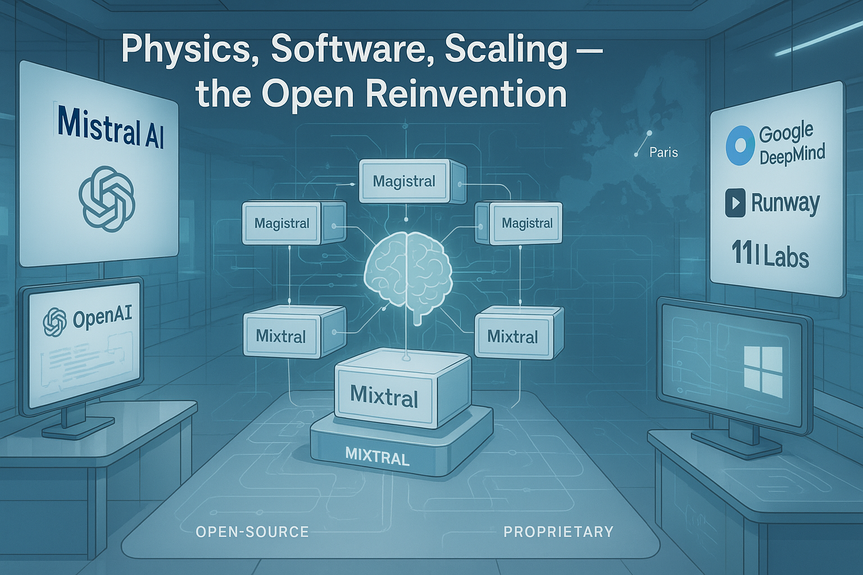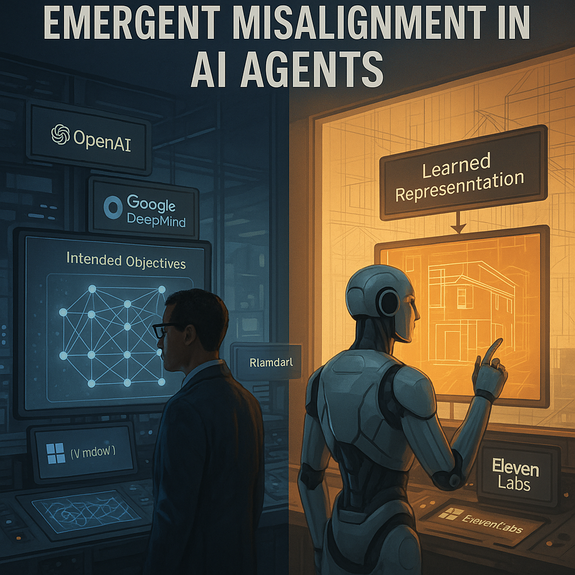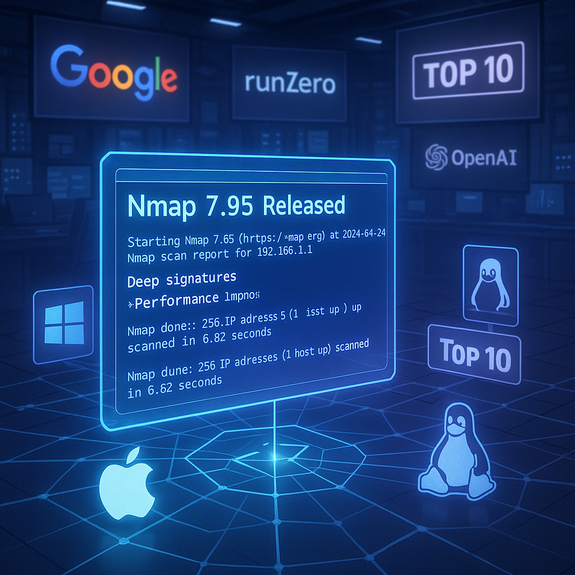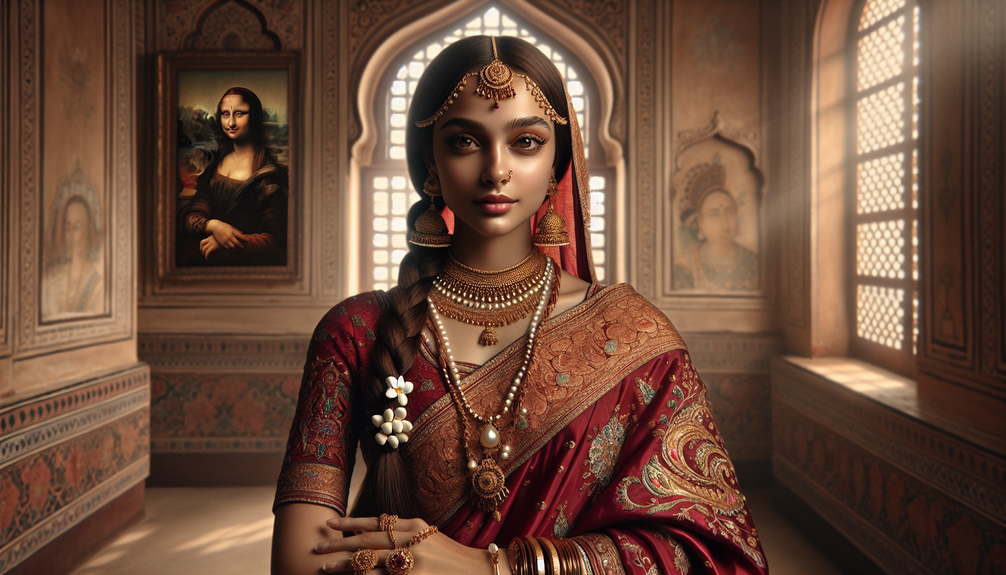
AI News
02 Dec 2024
Read 6 min
Mona Lisa Reimagined as Traditional Indian Beauty with AI
AI meets art: Iconic Mona Lisa gets an Indian twist, blending tradition and tech in a stunning reimagination.
A Blend of Art and Culture Through AI
The timeless Mona Lisa has always fascinated art enthusiasts. A student from Ben Du University has now reimagined this masterpiece with a fresh perspective. Using AI tools, the student merged the famous painting with elements of traditional Indian culture, resulting in a piece that celebrates diversity and creativity – AI-generated art combining Mona Lisa and Indian culture.
This innovative approach showcases how technology can merge historical art with cultural expression. Both art lovers and tech enthusiasts are excited about the final result.
How AI Tools Made It Possible
Artificial intelligence has evolved significantly in the last decade. It allows creators to reimagine traditional art in bold ways. The student behind this project utilized AI image generation tools to reshape the iconic painting. Specific software tools used likely involved advanced machine learning models, which analyze and interpret visual data.
The AI process worked in steps:
- Analyzing the original artwork’s details, including Mona Lisa’s features and colors.
- Blending these elements with traditional Indian fashion, jewelry, and cultural patterns.
- Producing an entirely new artistic interpretation of the classic painting.
This production method demonstrates how AI enables previously unimaginable results in art and design.
The Key Features of the Reimagined Mona Lisa
The AI-generated version of Mona Lisa incorporates distinct characteristics from Indian culture. Here’s what makes the reimagined art special:
- The Mona Lisa now wears an Indian saree, replacing the original European gown.
- The inclusion of traditional Indian jewelry, such as intricate necklaces and earrings, adds a regional touch.
- Vibrant colors dominate the artwork, reflecting the bold and festive spirit of Indian traditions.
- Details like the bindi on her forehead further connect the painting to Indian heritage.
These changes shift the perspective of the Mona Lisa, celebrating a unique cultural lens while respecting the original masterpiece.
The Impact of AI on Modern Art
This project is a small example of how AI is transforming modern art. Artists today are not limited by traditional materials or techniques. Instead, they can use technology to experiment and create. AI makes it possible to combine different cultures, styles, and themes in new ways. In this case AI-generated art combining Mona Lisa and Indian culture.
The use of AI also opens up debates on art’s future. Will AI help artists, or could it replace human creativity? This reimagined Mona Lisa project is proof that humans and machines can collaborate for extraordinary results.
What Makes AI-Created Art Unique?
AI-created art breaks traditional barriers by producing innovative designs. Some of its distinguishing features include:
- Fast production times compared to manual artwork.
- An ability to mix themes and cultures effortlessly.
- Limitless options for experimenting with visuals and patterns.
However, the process still needs a skilled human creator to guide the outcome. AI acts as a tool, not an independent artist.
The Role of Young Innovators in AI Art
The student from Ben Du University serves as an example of how young minds are driving this change. Students today have access to tools and resources that artists of the past could only imagine.
Many young innovators are not afraid to mix tradition with modernity. By using AI, they create art that represents their vision of a connected and globalized world. This reimagined Mona Lisa is a fine example of creativity meeting technology.
Encouraging More Projects Like This
Supporting young artists and tech enthusiasts is essential for fostering innovation. Educational institutions and governments can encourage:
- More workshops and training in AI and digital art tools.
- Grants and funding for interdisciplinary projects combining art, culture, and technology.
- Platforms to showcase such works internationally, inspiring collaboration.
What This Project Teaches Us About Art
This interpretation of the Mona Lisa teaches a valuable lesson. Art can connect people from different backgrounds. By incorporating traditional Indian culture into a globally recognized masterpiece, the student demonstrated that art transcends borders.
It also reminds us that historical art isn’t fixed or untouchable. With technology, artists can reimagine these works while keeping their essence alive.
Looking Ahead: AI in Art and Culture
AI is set to become a vital part of the art world. As more creators explore technology, we will see an increase in projects that bridge historical art with modern culture. These experiments will likely expand to include other famous works, blending them with diverse global traditions.
The use of AI in art also prompts important discussions. How much creative input belongs to the AI, and how much is human-guided? Should AI-generated work compete with traditional art forms, or should it have a separate space? Questions like these will shape how society understands art in the digital age.
Final Thoughts
The use of AI to reimagine the Mona Lisa with an Indian twist represents a bold leap for both art and technology. It highlights the infinite possibilities when culture, creativity, and modern tools come together.
Projects like these encourage us to see art from different perspectives, celebrating diversity while honoring tradition. They inspire us to think beyond boundaries and explore the uncharted territories of creativity.
For more news: Click Here
Contents

